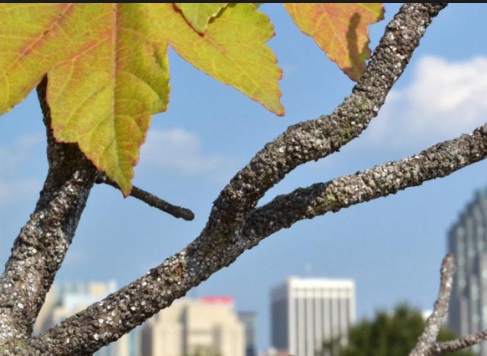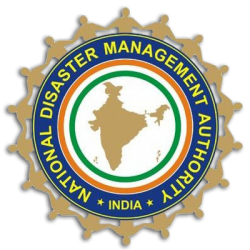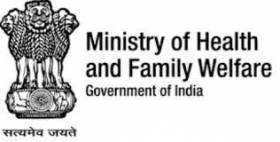Summary:A new study of urban tree life in the Southeast shows pavement and concrete may have a bigger effect than longitudinal warming.
A North Carolina State University study examining urbanization, scale-insect abundance and latitudinal warming on tree health in the Southeast captured a few surprising results.
The study showed more scale insects on red maple trees in the midrange of eight cities within a 10-degree latitudinal difference, from Newark, Delaware, to Gainesville, Florida.
Cities in that midrange, including Raleigh and Asheville, showed poorer tree health, due mostly to these high volumes of tree-destroying gloomy scale insects (Melanaspis tenebricosa), which appear as tiny bumps on tree branches and leaves.
“Impervious surfaces — basically concrete and pavement — near trees was a better predictor of scale-insect abundance than temperature, and thus a better predictor of poor tree health in the study area,” said Michael Just, an NC State postdoctoral entomology researcher and corresponding author of a paper describing the research.
The finding was surprising, Just said, as the study’s original hypothesis predicted higher scale-insect abundance at lower latitudes — the study’s southernmost areas.
“What we’ve learned over the years in natural areas like forests didn’t translate in this study, which means we may need to consider if other natural-system theories can be used in urban areas,” Just said. “That’s important if we want to have reliable predictive ecological models.”
More: Science Daily





